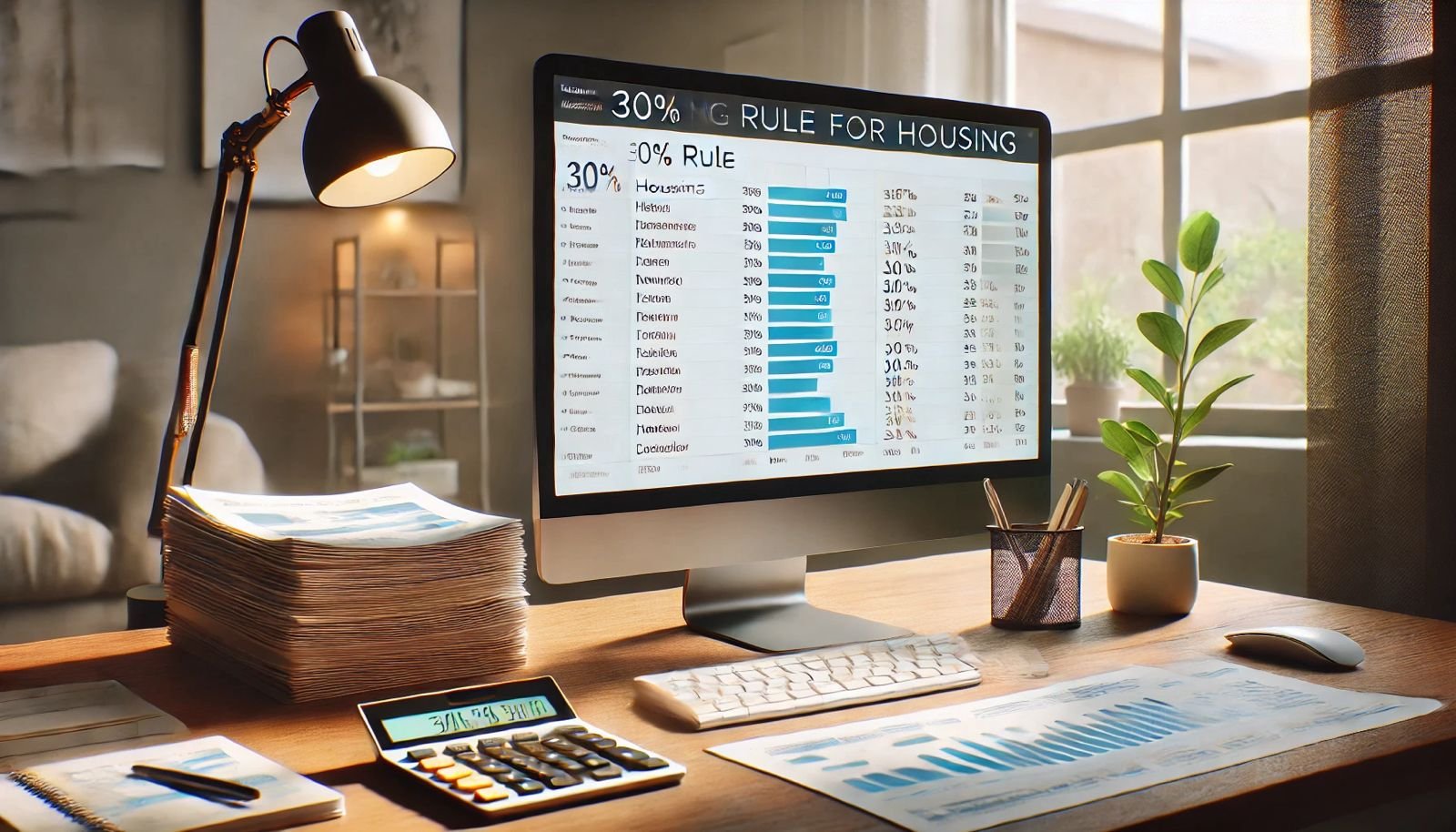what is the 30% rule for housing
This is an old rule known as the 30 percent rule, postulating that one should not spend over 30 percent of his gross monthly income on paying for mortgages or rent, utilities, taxes, and insurance. It is an effort to keep people from becoming "house poor," where housing expenses make such a huge hole in their everyday budget so that other bills and future savings get hurt. A clean, comfortable, and pleasant space is important to rent for a balanced life; services like Apartment Cleaning Seattle can help maintain a warm and stress-free home.
The History of the 30% Rule
Though initially devised in 1969, when public housing in the U.S. had rent capped at 25% of a resident's income, the 30% rule was created to determine the actual affordability of housing. This percentage was elevated to 30% in early 1980 and kept at that percentage for standard measures of affordability in housing since then. The basis behind the establishment of this rule was so that people do not have too little left after paying for housing to support other living expenses, thereby bringing stability in finances.
Relevance today in Housing
Although useful as a benchmark, the 30% rule is increasingly being negated by today's housing market. Housing costs have been so skyrocketing that most people cannot adhere to the guideline. For instance, a CardRates report indicated that 76% of Americans spend more than 31% of their monthly salary on housing expenses. The report further indicates that 53% of those Americans spend half of their monthly salary on housing.
Seattle has wonderful culture and rapidly developing technologies but increasing home costs lots. Single bedroom apartment rents in Seattle recently reaches $2,300. This creates the difficulty for people to keep housing costs under 30%. This is, therefore, essential for people to evaluate their finance and allocate the budget according to their housing needs.
Critiques of the 30% Rule
Some attacks target the flaws of the 30% rule:
It was formulated many years ago; therefore, its measure of the costs and expenses may not even apply to the current economic condition because of the increase in the cost of living and slow wage growth.
It also does not take into account income variation. To those with a higher income, who spend much more than 30% on housing, it may be tolerable, but for those on lower incomes, 30% can be too heavy a burden.
Failure to account for other expenditures: The rule fails to include college fees, healthcare, or bills such as child-rearing that could easily drain one's pocket.
Computation of Affordability Housing Expenses Other Than the 30% Rule
The 30% rule has been applied in most areas, though it is not very comprehensive. In real life, a person might use other means to calculate expenses on affordable housing such as:
Budgeting Rule: Under this rule, it ensures that half of the income is spent on needs-based spendings like shelter cost, 30% is used for discretionary spendings, and 20% for savings and debt repayment. This gives a wider understanding of the economic condition of the individual.
Personalized Budgeting: Closer analysis involving specific needs, their source of income, expenses, and other goals may lead to a more individualized realistic housing budget.
For those intent on maintaining a clean and comfortable living environment, hiring a maid service can be a worthwhile investment. Not only does a professional maid service ensure a home with a clean aspect but also contributes positively to overall well-being and satisfaction within the living environment.
Keeping Housing Affordable in Seattle
Some of the strategies that prove useful to Seattleites in dealing with housing costs include:
Exploring affordable neighborhoods. On the list are neighborhoods such as Lake City, Yesler Terrace, and Pinehurst, which are not expensive but do not lose out on amenities.
Considering shared housing; sharing rental property can be as expensive as paying individually for housing.
Using Professional Services: Even services as simple as apartment cleaning Seattle can really help maintain good conditions in rental property, thus possibly reducing the necessity of maintenance and improvement in living conditions.
While the rule of 30% in housing affordability has been a guiding principle so far, it is still uncertain whether it is reasonable for the current economic climate. To set housing expenses appropriately, a person has to be aware of his or her financial status and look for other budgetary propositions according to an individual's needs and other assumptions. Shared housing can be considered as part of adopting professional service including Apartment Cleaning Seattle in highly expensive places like Seattle that might help in maintaining housing affordability and improving the quality of life.
